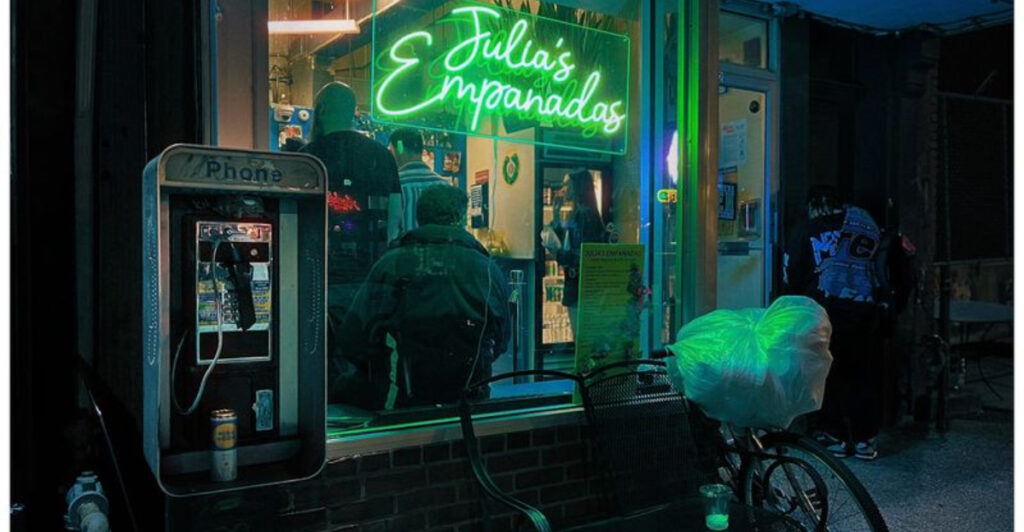In a digital age where mobile phones dominate, a few towns in the United States still maintain the nostalgic charm of payphones. These relics, once a staple in every town and city, have become symbols of history and unusual continuity. Here’s an exploration of twelve unique locations across the U.S. where payphones still ring, each with its own story to tell.
1. Beggs, Oklahoma
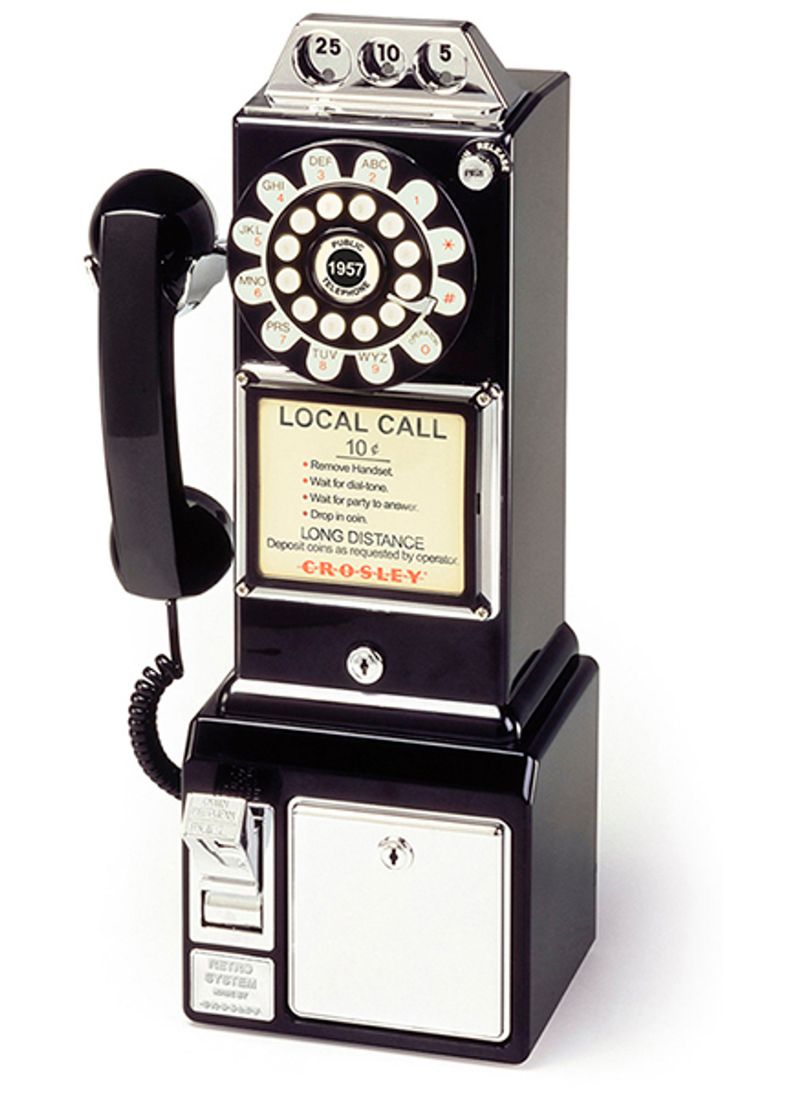
In Beggs, Oklahoma, you’ll find one of America’s last nickel payphones, a true time capsule from an era gone by. Nestled in front of a local telephone company office, this payphone operates as a five-cent piece of history. It’s not just maintained for nostalgia; it still functions, offering a tangible link to a simpler communication era. A relic in function and form, it serves as a charming reminder of when making a call was an adventure. Visitors and locals alike cherish this connection to the past, a rare find in today’s fast-paced world where such simplicity is often lost.
2. Upper West Side, New York City
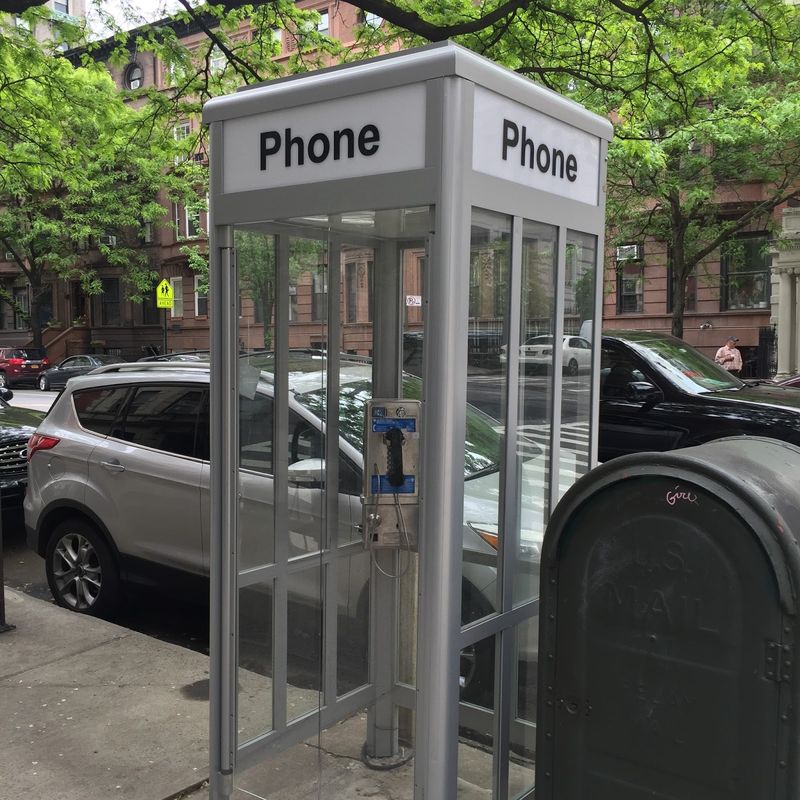
The Upper West Side of New York City holds the last bastion of traditional payphone booths, standing tall amidst the city’s modernity. These fully enclosed booths, preserved for their historical significance, offer outgoing calls, while incoming services have ceased. As most have been replaced by LinkNYC kiosks, these booths remind us of a bygone era. They stand as silent witnesses to the city’s ever-evolving landscape, offering a unique glimpse into the past. Their presence whispers stories of countless hurried conversations, sheltering callers from the city’s hustle and bustle.
3. Portland, Oregon (Futel network)
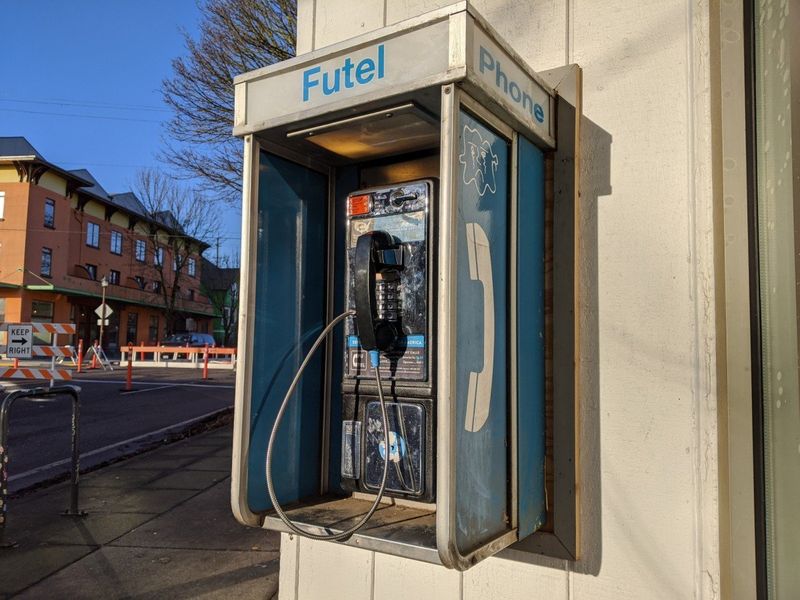
In Portland, Oregon, the Futel network has ingeniously transformed old payphones into free VoIP phones. These installations, found in various urban spots, offer free calls and embody communal innovation. Futel’s project extends beyond Portland, reaching Long Beach, Ypsilanti, and Detroit, turning payphones into community assets. This artistic approach to communication reflects the city’s creative spirit. It’s a blend of technology and nostalgia, where art meets utility. By offering accessible communication, Futel bridges gaps in the digital divide, connecting people in a meaningful way.
4. Long Beach, Washington
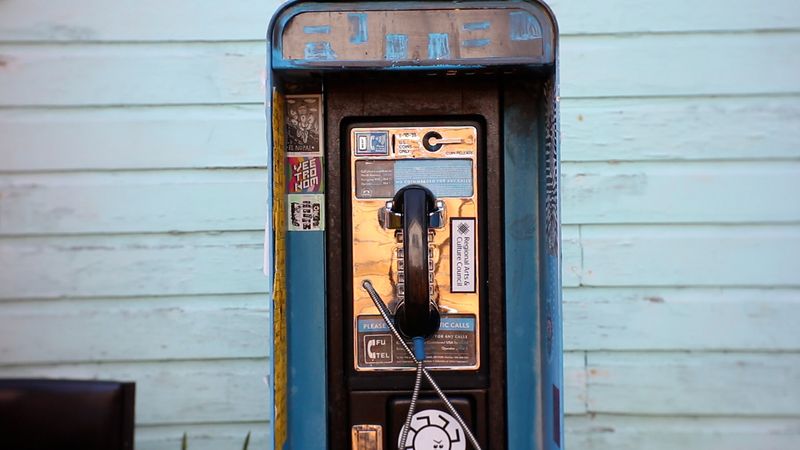
Long Beach, Washington, embraces the Futel network with at least one payphone that offers free calls and community voicemail. Part of a broader artistic and civic project, this phone serves as a bridge for those with limited telecom access. Set against the town’s serene beach backdrop, it stands as a symbol of connectivity and creativity. This payphone not only provides a practical service but also enriches the community’s cultural landscape. The blend of art and function makes it a beloved feature of the town, sparking conversations both locally and beyond.
5. Ypsilanti, Michigan
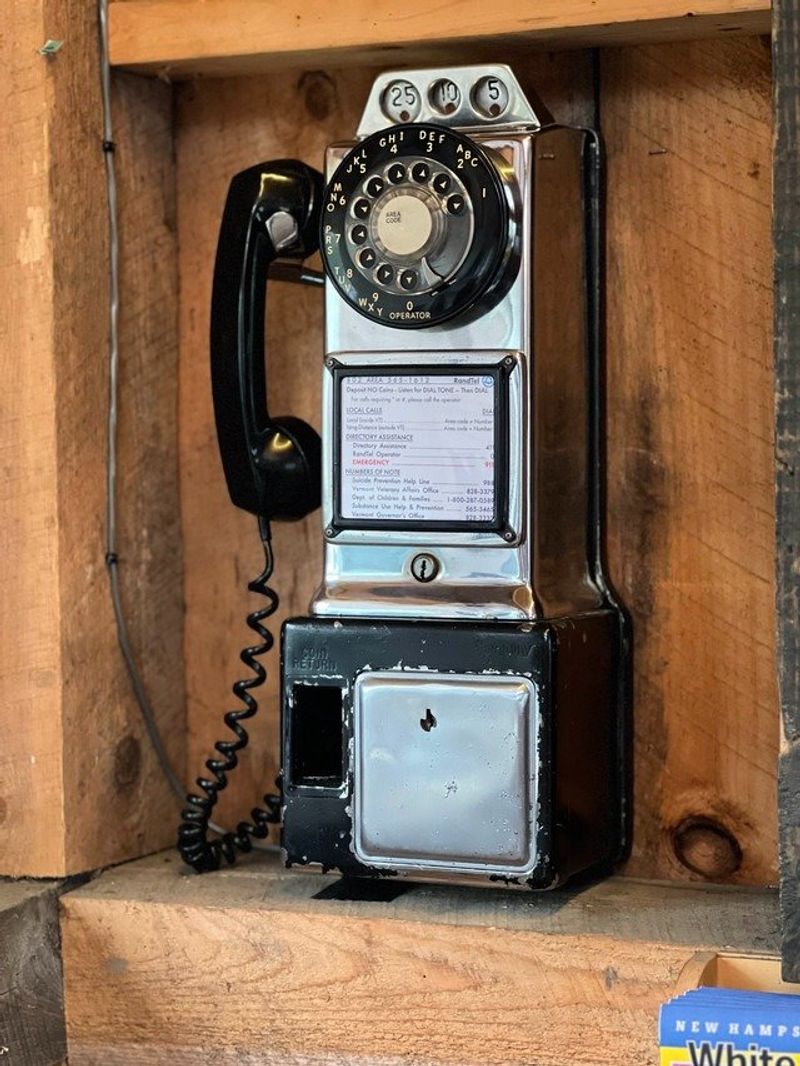
Ypsilanti, Michigan, hosts a Futel-installed public phone, providing free access to calls for those who need them most. These phones serve as lifelines for individuals with limited telecom options, standing as symbols of accessibility and community spirit. The artistic and civic nature of this project resonates with Ypsilanti’s vibrant culture. By reimagining payphones, Futel reinvents communication, making connectivity both free and creative. It’s a testament to how technology can serve communities, turning relics into resources, and offering a fresh perspective on urban communication.
6. Detroit, Michigan

Detroit, Michigan, features a Futel-repurposed phone, offering voice calls and transit information to locals. Part of a broader artistic and access project, this payphone symbolizes innovation in urban communication. It stands amidst Detroit’s rich tapestry of art and culture, providing a vital link for those with limited telecom access. This payphone is more than a communication tool; it’s a statement of community solidarity and creativity. By transforming payphones into public resources, Futel breathes new life into these relics, keeping the spirit of connectivity alive.
7. Greensboro, North Carolina (Piedmont Triad Airport)
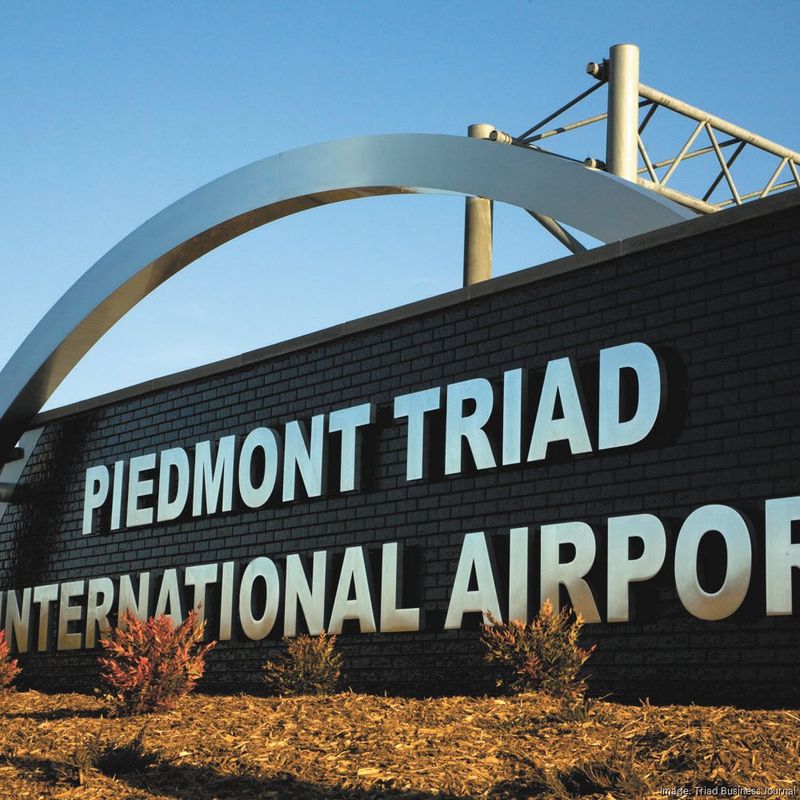
Inside the Piedmont Triad Airport in Greensboro, North Carolina, stands the state’s only operational payphone. In an era where mobile phones reign, this payphone offers a nostalgic nod to a time when they were essential travel companions. Located in the airport terminal, it serves travelers seeking a touch of analog reliability amidst digital chaos. As mobile devices often dominate, this payphone becomes a relic of reassurance, echoing the past’s steady dial tone. Its presence in such a transient space underscores its role as a steadfast symbol of continuity and communication.
8. Prairie Grove, Arkansas
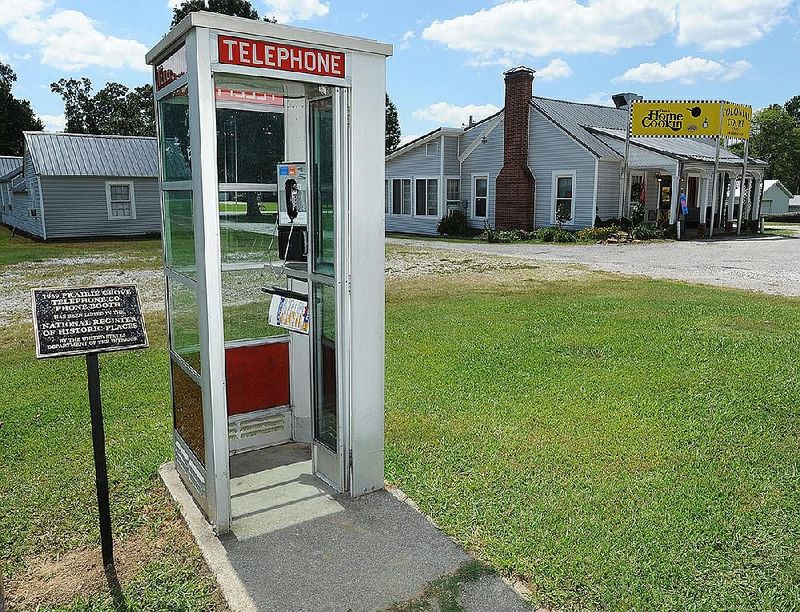
In Prairie Grove, Arkansas, a phone booth listed on the National Register of Historic Places still functions today. This booth, a charming relic, offers more than calls; it tells a story of resilience and history. Nestled in this picturesque town, it connects visitors to a simpler past. Its designation as a historic site ensures its preservation for future generations. A beloved icon, it draws tourists and locals alike, inviting them to imagine the countless conversations it has witnessed over the years. This booth stands as a testament to enduring charm and historical significance.
9. Remote East Texas towns (e.g. Sulphur Springs, Jacksonville)
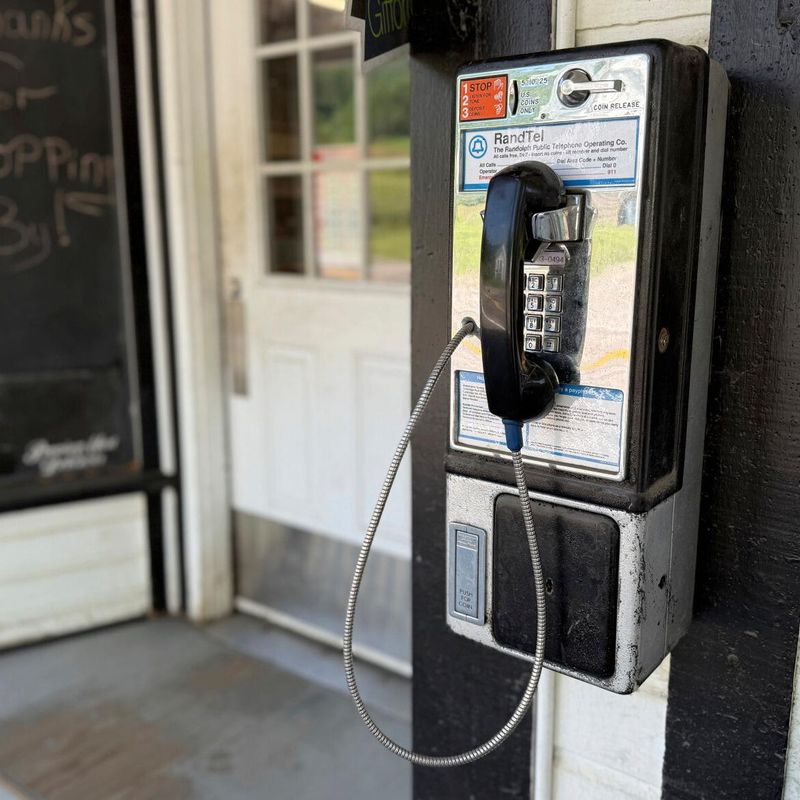
In the remote towns of East Texas, such as Sulphur Springs and Jacksonville, payphones still ring, offering connection in isolated areas. These payphones, along highways and malls, are silent witnesses to the region’s pace of life. They serve as beacons of communication, often in places where cell service is sparse. Each call made is a tether to the outside world, a lifeline in rural expanses. These payphones endure, offering a touch of nostalgia and practicality. Their resilient presence highlights the blend of old and new, serving communities with steadfast reliability.
10. Cities with immigrant-rich neighborhoods (e.g., D.C.’s Columbia Heights)
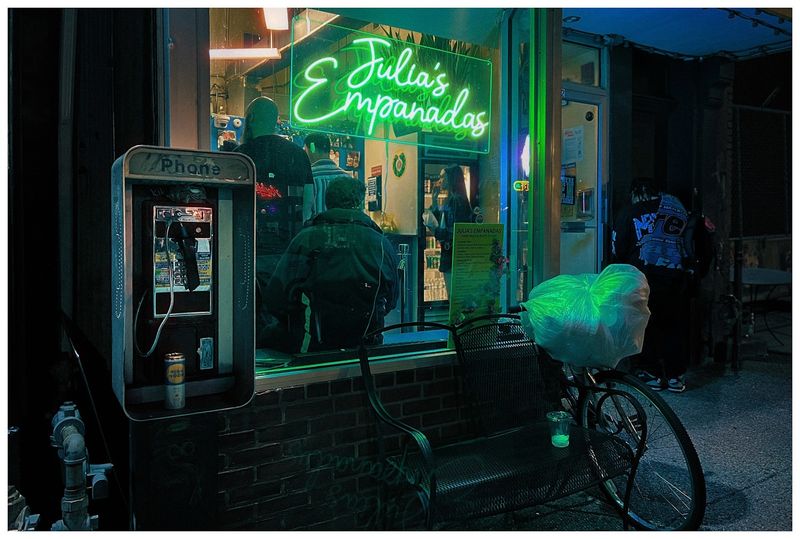
In cities like Washington D.C.’s Columbia Heights, payphones cluster in vibrant immigrant-rich neighborhoods. These payphones serve residents with limited access to affordable telecom options, providing vital connectivity. Amidst the cultural tapestry of these areas, payphones offer a practical solution for communication. They stand amidst bustling streets, a nod to accessibility and inclusivity. In these neighborhoods, payphones are not just relics; they are part of the community fabric. Their presence speaks to the diversity and resilience of the communities they serve, offering connection in a fast-paced world.
11. Selected rural strip malls or gas stations
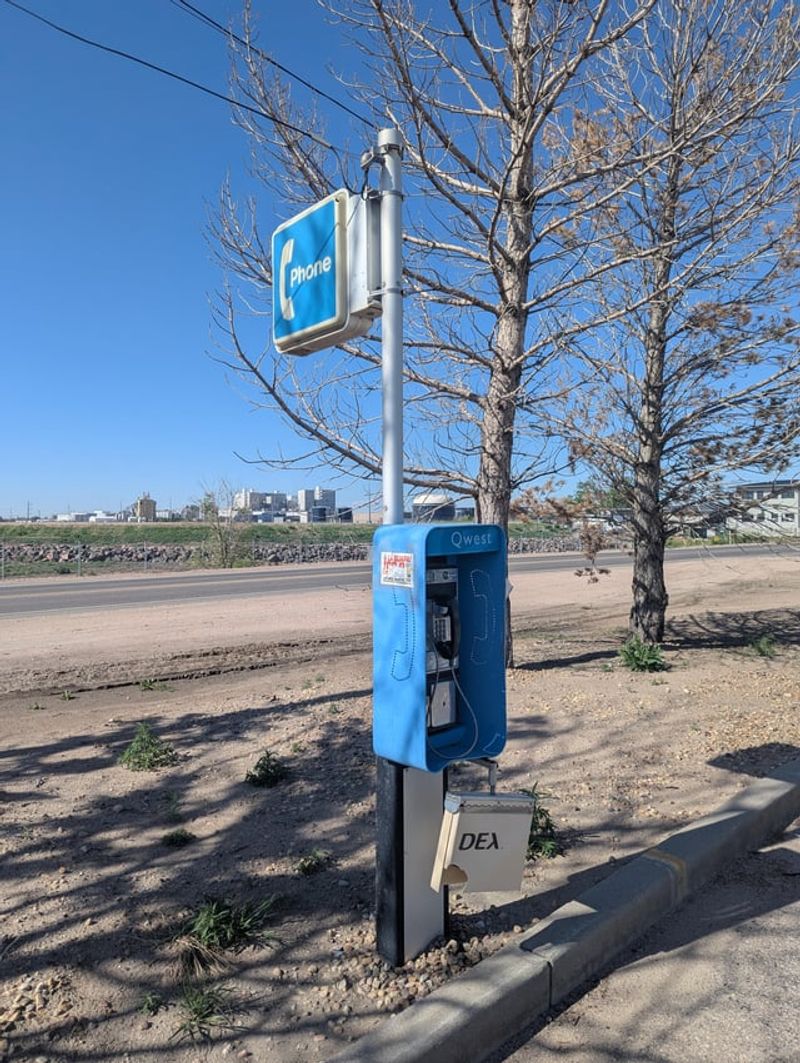
In overlooked locations like rural strip malls or gas stations, payphones occasionally survive, maintained by small operators. These payphones, tucked away in unexpected places, offer a glimpse into a past where they were indispensable. They connect travelers and locals alike, providing a steadfast communication option in remote areas. Their existence is a testament to independent operators who value continuity. These payphones serve as nostalgic reminders of a time when they were ubiquitous, offering connection with every coin dropped. Their presence is both practical and symbolic, bridging past and present.
12. Cities hosting historic telephone boxes (e.g., Lake Havasu City, Westminster MD)
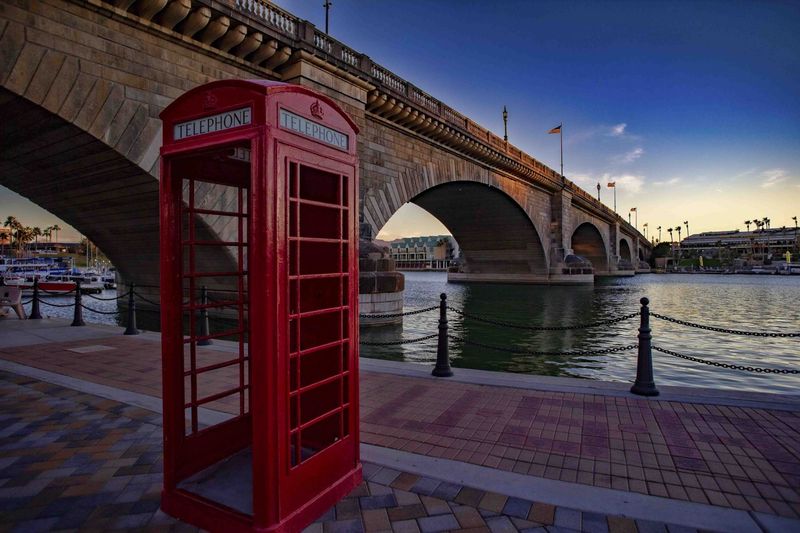
In cities like Lake Havasu City and Westminster, MD, historic telephone boxes from the UK house working payphones, offering a nostalgic touch. These iconic red boxes, set against unique American landscapes, provide more than calls; they are cultural landmarks. With local STD cards, they maintain functionality while adding charm. Their presence in these cities offers a quirky blend of British tradition and American scenery. These telephone boxes are beloved by residents and tourists alike, serving as photo-worthy spots and functional relics. They stand as vibrant reminders of international influence and historical charm.

